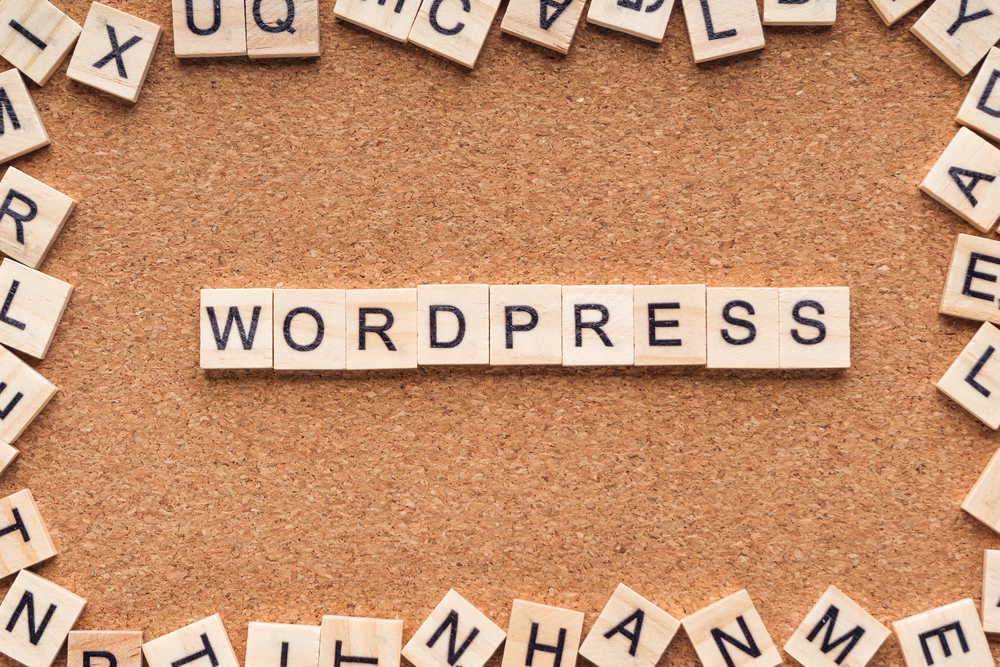
With the rise of digital media and the increasing importance of online presence, blogging has become a powerful tool for individuals and businesses alike. Whether you are a passionate writer looking to share your thoughts with the world or a company seeking to connect with your target audience, creating engaging and impactful content through blogging can help you achieve your goals. In this article, we will explore the power of blogging and provide tips on how to create content that resonates with your readers.
Why Blogging Matters
Blogging has become weblog website a crucial element of online marketing strategies due to its ability to drive traffic to websites, increase brand awareness, and establish credibility. By regularly publishing high-quality content that is relevant weblog to your target audience, you can attract new visitors to your site and keep them engaged with your brand. Additionally, blogging allows you to showcase your expertise in your industry and build trust with your readers.
Moreover, blog website are a cost-effective way to promote your products or services without being overly promotional. By creating informative and valuable content that addresses the needs and concerns of your audience, you can subtly market your offerings and drive sales. In essence, blogging allows you to connect with your customers weblog site on a deeper level and build long-lasting relationships with them.
How to Create Engaging Blog Content
Creating engaging and impactful content for your blog requires careful planning and execution. Here are some tips to help you craft compelling blog posts that resonate with your audience:
Identify Your Audience: Before you start writing, it is essential to understand who your target audience is and what they are interested in. By knowing their demographics, interests, and pain points, you can tailor your content to meet their needs and provide value to them.
Choose Relevant Topics: The key to engaging blog content is to write about topics that are timely, relevant, and interesting to your readers. Stay updated on industry trends, news, and events, and choose subjects that will capture the attention of your audience.
Write Compelling Headlines: Your headline is the first thing that readers see, so make it compelling and attention-grabbing. Use power words, numbers, and questions to pique curiosity and entice readers to click on your blog post.
Create Quality Content: Focus on creating well-researched, informative, and well-written content that is easy to read and understand. Use subheadings, bullet points, and images to break up the text and make your blog post more engaging.
Include Visuals: Visual content, such as images, infographics, and videos, can help make your blog posts more visually appealing and engaging. Use visuals to illustrate your points, break up long blocks of text, and enhance the overall reader experience.
Engage with Your Audience: Encourage reader interaction by asking questions, soliciting feedback, and responding to comments. Engaging with your audience can help build a sense of community around your blog and foster loyalty among your readers.
Promote Your Blog: Once you have published a new blog post, promote it across your social media channels, email newsletters, and other marketing platforms. By sharing your content with a wider audience, you can attract more readers and increase the visibility of your blog.
Measuring the Impact of Your Blog
After creating and publishing engaging blog content, it is essential to measure its impact and effectiveness. By analyzing key metrics such as website traffic, social shares, comments, and conversions, you can gain valuable insights into your blog's performance and make informed decisions about future content creation.
Tools such as Google Analytics, social media analytics, and email marketing software can help you track the success of your blog blog and identify areas for improvement. By regularly monitoring and analyzing your blog's performance, you can optimize your content strategy, refine your messaging, and continue to engage your audience effectively.
Frequently Asked Questions
1. How often should I blog?
The frequency of your blog posts will depend on your goals, resources, and audience preferences. While some bloggers post daily or multiple times a week, others may only publish once a month. It is essential to maintain a consistent posting schedule that works for you and resonates with your readers.
2. How do I come up with blog post ideas?
Generating ideas for blog posts can be challenging, but there are several strategies you can use to spark inspiration. Consider conducting keyword research, monitoring industry trends, seeking feedback from your audience, and repurposing old content. Additionally, you can draw from your own experiences, expertise, and interests to create unique and engaging blog post ideas.
3. Should I focus on SEO when writing blog posts?
While it is essential to consider search engine optimization (SEO) when writing blog posts, your primary focus should be on creating valuable and engaging content for your readers. By naturally incorporating relevant keywords, optimizing meta tags, and building high-quality backlinks, you can improve your blog's search visibility and attract more organic traffic.
4. How long should my blog posts be?
The ideal length of a blog post can vary depending on the topic, audience, and purpose of the content. While some bloggers advocate for longer, in-depth posts of 1500 words or more, others may prefer shorter, more concise posts. Regardless of length, it is essential to prioritize quality over quantity and provide value to your readers in every blog post.
5. How can I engage with my audience beyond the blog?
In addition to publishing blog posts, there are several ways you can engage with your audience and build relationships with them. Consider hosting webinars, creating podcasts, launching email courses, or organizing events to connect with your readers on a deeper level. By diversifying your content strategy and engaging with your audience across multiple channels, you can strengthen the impact of your blog and drive greater results for your business.
Other useful resources